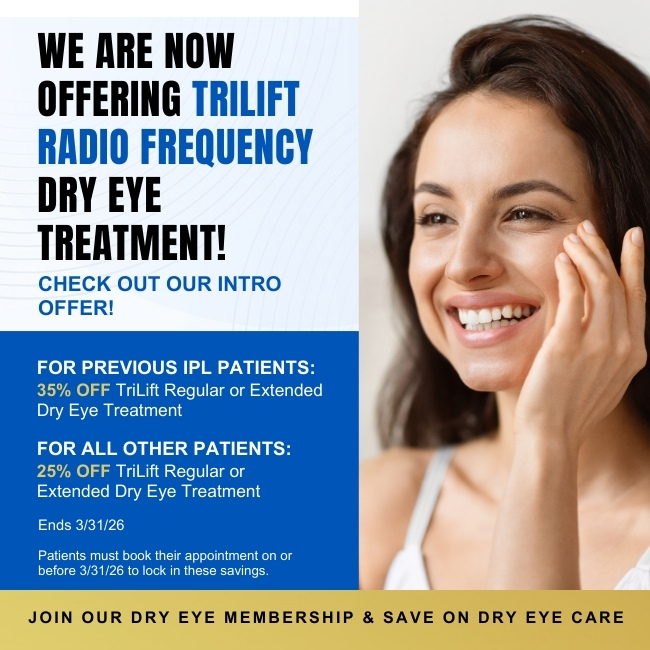Summer is coming, bringing with it extended daylight hours and abundant sunshine!
With the arrival of the warmer months, many of us find ourselves spending more time outdoors. This increased exposure to sunlight also increases our exposure to harmful UV radiation. It’s crucial to protect our eyes by donning UV-blocking sunglasses — not only during the summer but throughout the year whenever we’re outside on sunny days.
The Impact of UV Rays on Our Eyes
Our eyes are vulnerable to UV rays even without direct sun exposure. Similar to how our skin can get sunburned, the surface of our eyes can suffer from a condition known as photokeratitis. Symptoms of this eye sunburn include tearing, redness, blurred vision, sensitivity to light, and a gritty feeling when blinking. This is particularly problematic for skiers and snowboarders, as UV rays reflecting off the snow intensify exposure. The same risks apply when sunlight bounces off sandy beaches, potentially harming our eyes in similar ways.
Cumulative Effects of UV Exposure
UV exposure accumulates over our lifetime, with each instance adding to our risk of developing serious eye conditions. Increased exposure to UV rays heightens the likelihood of encountering vision-threatening diseases such as cataracts and macular degeneration later in life. Additionally, prolonged UV exposure can lead to the development of pinguecula — yellow or white bumps on the whites of the eyes — and pterygium, also known as surfer’s eye, which involves the growth of clear tissue over the iris.
Choosing Sunglasses for Optimal UV Protection
When selecting sunglasses, the primary consideration should be their effectiveness at shielding your eyes from UV radiation. While style is important, it should not supersede the need for substantial protection. Always verify that the sunglasses block at least 99% of UVA and UVB rays before purchasing. Sunglasses with larger lenses are recommended as they provide more comprehensive coverage.
For those willing to invest more, polarized lenses offer superior protection by filtering light from specific directions, such as the glare from other vehicles in traffic or reflections from water surfaces. To test if lenses are polarized, look at a digital screen through the sunglasses and rotate them; a change in color indicates the presence of polarization.
Additional Strategies to Reduce UV Exposure
Beyond sunglasses, there are several other effective ways to protect your eyes and skin from UV damage:
- Stay indoors during peak sunlight hours when UV radiation is at its strongest.
- Regularly apply a dermatologist-recommended sunscreen.
- Wear wide-brimmed hats to provide extra coverage for both your eyes and face.
Discover Your Ideal Sun Protection Options
We are eager to assist you in finding the perfect sun protection gear tailored to your needs. Whether you’re interested in prescription sunglasses, transition lenses, or clip-ons that fit over your regular glasses, we can guide you in choosing the best option for your outdoor activities. Please contact us to arrange a consultation!


